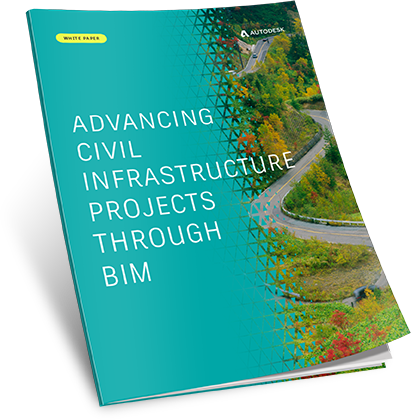As BIM becomes more widely adopted for infrastructure projects, companies use BIM expertise to stand out. BIM, already considered a standard business practice in the vertical world, is growing in popularity in the infrastructure space as well. A better, well-coordinated design that seamlessly transfers to construction through the use of BIM is a value proposition that cannot be ignored if a company wants to remain competitive and successfully execute today‘s projects.
This white paper takes stock of current BIM adoption points out the advantages of BIM for civil infrastructure projects. There is a growing acceptance of BIM for new projects, ongoing operations, and planned retrofits. Fill out the form below to download the report.
Want to learn more about the best BIM practices for your business? Contact us for a consultation and quote today.

According to Dodge’s SmartMarket Report “The Business Value of BIM for Infrastructure 2017”, 87% of BIM users report that they see positive value from their use of BIM, with about half of those reporting an ROI of 25% or more.
BIM can be an effective tool for overall capital planning, as well as planning on the individual project level. Stakeholders prioritize budget, singling out the most critical needs and green-lighting new projects based on impacts and objectives.
BIM provides a means to share each phase of work and resolve conflicts before they become time and money-wasting issues in the field. In the 2017 Dodge SmartMarket Infrastructure Report, respondents consistently rated fewer errors and greater project cost predictability as two of the top three benefits of BIM.
Companies that can compete for exciting large-scale BIM applications such as these also attract top talent: More than 40% of the respondents to the Dodge survey said BIM helped them be effective in recruiting and retaining staff.
Report Created By:

There are a lot of benefits within design and construction, but really the biggest value of BIM as a process is within facilities management. Project construction lasts two to four years and then we maintain the facility for up to 50 years or even longer. Knowing exactly what we‘re getting in the facility and being able to use that for future renovations and reconstructions is really critical.
Brendan Dillon
BIM Manager, Denver International Airport